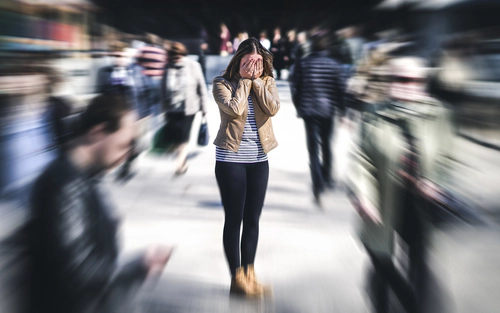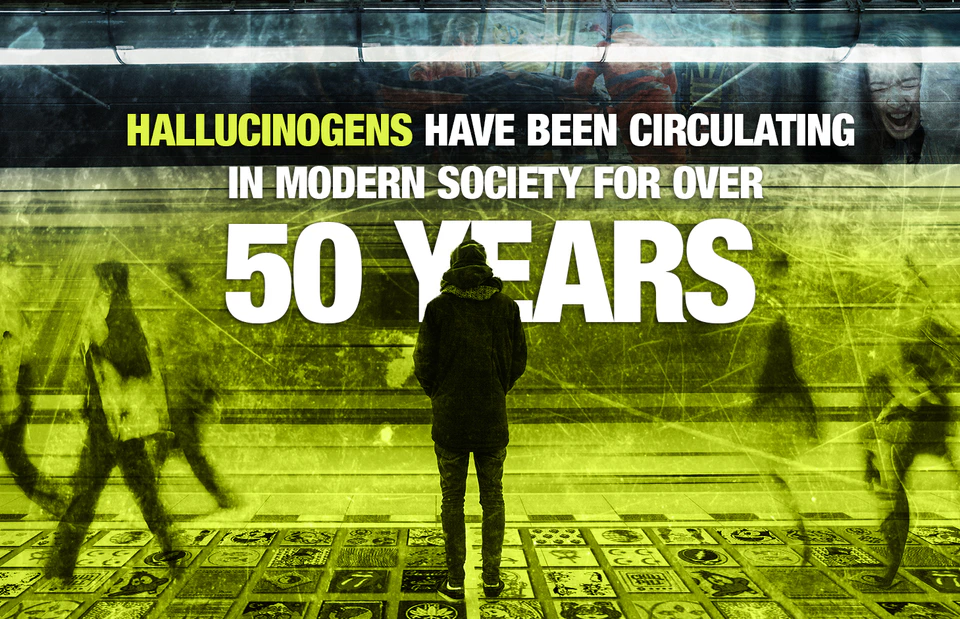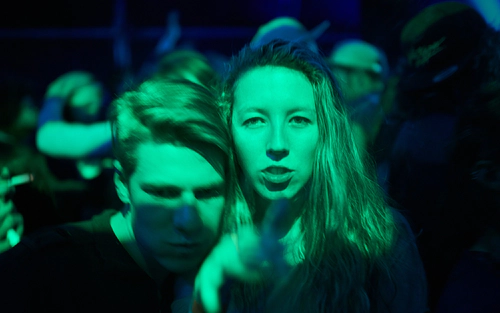Hallucinogens Addiction

Find more information about hallucinogens and hallucinogen addiction with professionally reviewed up-to-date articles. Getting informed is the first step in overcoming hallucinogens addiction.
More
Hallucinogens have powerful effects on the mind and perceptions of the drug user. They have been used in one form or another for thousands of years by indigenous people in religious ceremonies. This depiction of their use often makes these substances seem safe. However, hallucinogens can be quite addictive and because they can alter how someone perceives reality they can be extremely dangerous.

Find more information about hallucinogens and hallucinogen addiction with professionally reviewed up-to-date articles. Getting informed is the first step in overcoming hallucinogens addiction.
More
Despite having completely unpredictable and lasting effects that can include psychosis requiring hospitalization, hallucinogen use continues to be popular among some groups.
More
Stay informed on the latest news, trends and statistics on hallucinogen addiction and hallucinogen-related news.
MoreHallucinogens can include both synthetic chemicals and plant substances. The most common hallucinogens in use in America include:1
Some drugs in other categories also have hallucinogenic qualities:
Hallucinogens have powerful effects on the mind and perceptions of the drug user. As the name suggests, they cause hallucinations which can be pleasant or terrifying and deadly. Colors, sounds, touch, time and body image may be distorted. Euphoria, anxiety, panic and psychosis can also occur. One of the worst and most dangerous effects of hallucinogens is that the resulting panic or psychosis can be long-lasting, even permanent.2
Here are some of the characteristics associated with each drug.
LSD: Potent hallucinogen created in labs. Often trafficked in small pill form or as tiny paper squares. The user may lose the ability to make good judgments and take risks that put them in danger or cause them to lose their lives. Flashbacks of the drug experience occur, even years later.3
Mescaline: Peyote buttons from a cactus plant contain the active ingredient mescaline. This drug can also be synthesized. Consumption causes illusions, hallucinations and distortions of space, time and body image.4
Psilocybin: Hallucinogen found in certain mushrooms found in South America, Mexico and the United States. They are eaten, brewed as tea or added to another type of food. They create hallucinations and alter the perception of time and reality.1
Salvia: Salvia divinorum is a plant in the mint family. It is native to Oaxaca, Mexico and is smoked or chewed for its immediate and intense hallucinogenic effects. Users may panic, laugh uncontrollably, perceive frightening overlapping realities or paranoia. It is not illegal in every state.5
Ayahuasca: This South American plant contains dimethyltryptamine (DMT) which can also be produced synthetically. The natural form is brewed as tea; the synthetic form is a white or yellow powder that is smoked or injected. It causes intense hallucinations, depersonalization and distortions of sound, time and body image.6
MDMA (ecstasy): Ecstasy is a stimulant and psychedelic drug that has some ability to cause hallucinations. It also changes perceptions of color, sound, light and touch. It is a lab-created chemical that is popular in party and music environments.
PCP (angel dust): This dissociative drug was once used as an anesthetic but had severe adverse side effects. It causes the user to feel detached from reality and they may become paranoid and delusional. PDP use is often associated with violence and injury.7
Ketamine: This is a dissociative drug that can separate a user from their environment, body and personal identity. It also causes hallucinations and sedation. It can be injected, snorted, smoked or swallowed. It is used in veterinary medicine as an anesthetic.
Overdoses of most of these drugs can occur but do not usually result in death other than through accidents resulting from altered perceptions. Fatal overdoses can result from taking psilocybin, MDMA, PCP or DMT.
Sources
DEA. “Psilocybin.” DEA, 2020. DEA Publication ↩︎ ↩︎
NIDA. “Hallucinogens and Dissociative Drugs Research Report.” NIDA, 2015. NIDA Article ↩︎
DEA. “LSD.” DEA, 2020. DEA Publication ↩︎
DEA. “Peyote & Mescaline.” DEA, 2020. DEA Publication ↩︎
DEA. “Salvia Divinorum.” DEA, 2020. DEA Publication ↩︎
DEA. “Hallucinogens.” DEA, 2020, DEA Publication ↩︎
NIDA. “Commonly Used Drugs Charts.” NIDA, 2020. NIDA Article ↩︎